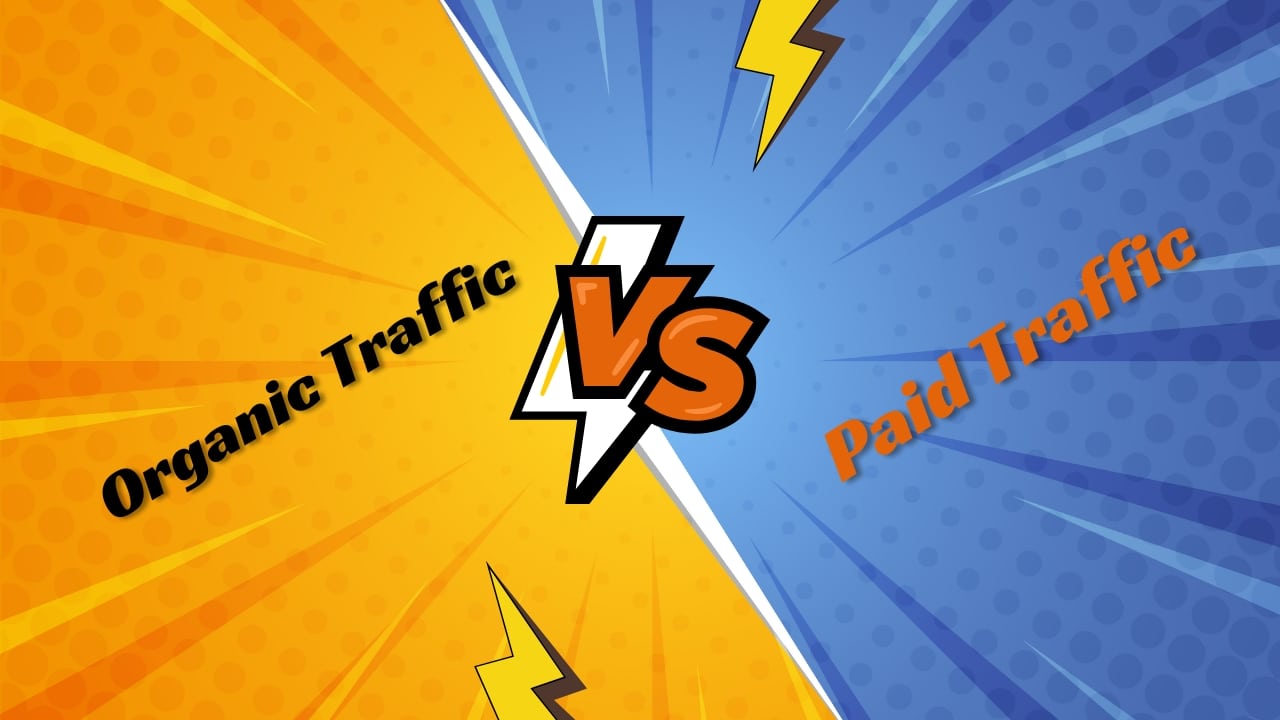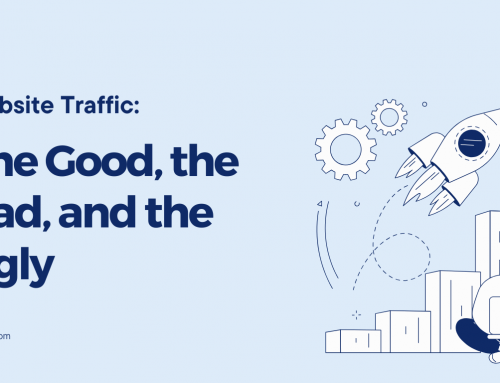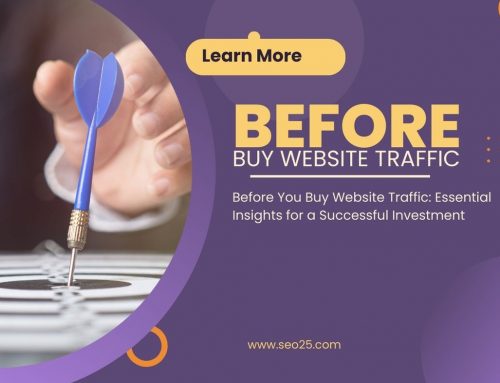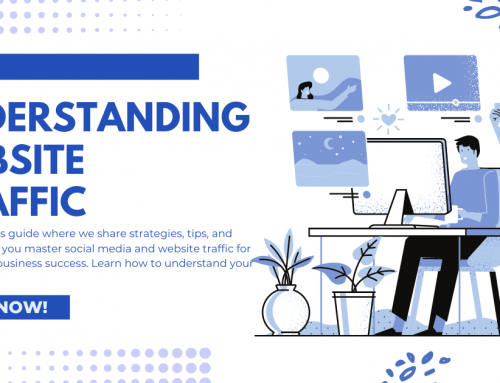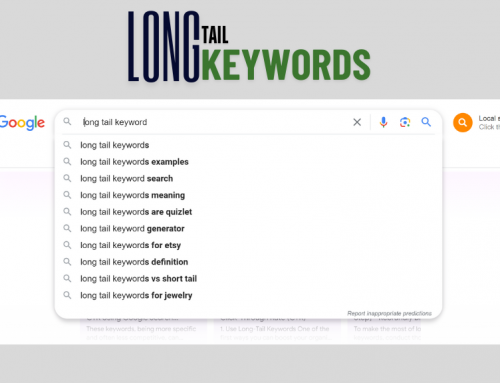Understanding Organic Traffic
Organic traffic refers to visitors who find your website through unpaid search engine results. These visitors are often more engaged and interested in your content because they actively search for topics related to your business. This website traffic is driven primarily by search engine optimization (SEO) efforts, which aim to improve your site’s visibility and ranking in search engine results pages (SERPs).
The Importance of SEO for Organic Traffic
Organic Traffic vs. Paid Traffic: SEO is the backbone of organic traffic. It involves optimizing your website’s content, structure, and Long tail keywords to make it more attractive to search engines. Key components of SEO include keyword research, on-page optimization, high-quality content creation, and acquiring backlinks from reputable sources. Effective SEO strategies help ensure that your website ranks higher in search results, driving more organic traffic.
Advantages of Organic Traffic
- Cost-Effective: Once you achieve high rankings, organic traffic doesn’t require continuous investment. Unlike paid campaigns, where costs accumulate, organic traffic can provide a steady stream of visitors without ongoing expenses.
- Credibility and Trust: Users tend to trust organic results more than paid ads. High rankings in SERPs signal to users that your site is a credible source of information.
- Sustainable Growth: SEO efforts can provide long-term benefits, maintaining traffic levels over time. High-ranking pages can continue to attract visitors months or even years after initial optimization efforts.
- Challenges of Organic Traffic
- Time-Consuming: Achieving high rankings in search engines takes time and consistent effort. SEO is a long-term strategy that requires patience and persistence.
- Algorithm Changes: Search engines frequently update their algorithms, which can impact your rankings. Staying up to date with these changes and adjusting your SEO strategy accordingly is essential.
- Competitive: Popular keywords and niches can be highly competitive, making it difficult to rank well without significant effort and expertise.
Understanding Paid Traffic
Paid traffic comes from visitors who click on advertisements, such as Google Ads, social media ads, or display ads. These ads are often targeted based on user demographics, interests, and behavior, allowing you to reach a specific audience quickly. With paid traffic, you can triple your organic traffic instantly and that would be for short term visitors; for long term visitors, SEO is the best option.
The Role of PPC in Paid Traffic
Pay-per-click (PPC) advertising is a common method for driving paid traffic. With PPC, advertisers bid on keywords, and their ads appear in search results or on websites within the ad network. Advertisers only pay when someone clicks on their ad, making it a cost-effective way to drive targeted traffic.
Advantages of Paid Traffic
- Immediate Results: Paid campaigns can generate traffic almost instantly, unlike organic methods, which take time to build.
- Targeted Reach: Ads can be precisely targeted based on demographics, location, interests, and more. This allows you to reach your ideal audience quickly.
- Scalability: Paid campaigns can be easily scaled up or down based on your budget and goals. You can increase your ad spend to drive more traffic when needed.
- Challenges of Paid Traffic
- Costly: Continuous investment is required to maintain traffic levels. Costs can add up quickly, especially in competitive industries.
- Temporary: Traffic from paid ads stops when you stop paying for the ads. Unlike organic traffic, there is no long-term benefit once the campaign ends.
- Ad Fatigue: Users can become blind to ads or annoyed by repetitive advertising, reducing the effectiveness of your campaigns over time.
Combining Organic Traffic vs. Paid Traffic Strategies
Combining organic and paid traffic strategies can provide the best of both worlds. Organic traffic offers long-term, sustainable growth, while paid traffic delivers immediate results and targeted reach. By integrating these approaches, you can maximize your website’s visibility and drive consistent traffic.
Measuring the Impact of Traffic on Website Growth
To measure the impact of both organic and paid traffic on your website’s growth, track key performance indicators (KPIs) such as:
- Traffic Volume: Compare the amount of traffic from organic and paid sources.
- Conversion Rates: Evaluate how well each traffic source converts visitors into customers or leads.
- Bounce Rates: Analyze the engagement levels of visitors from each source.
- ROI: Calculate the return on investment for your SEO efforts and paid campaigns.
By regularly analyzing these metrics, you can adjust your strategies to optimize performance and achieve your business goals

